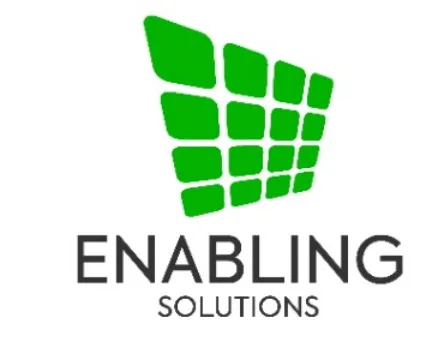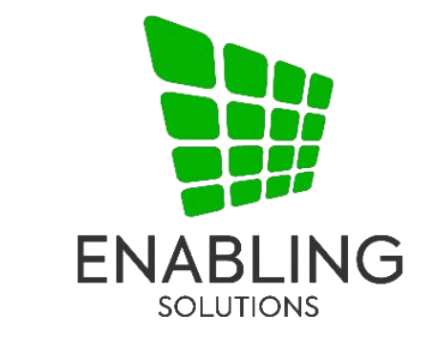
In Pakistan today, where electricity costs have increased dramatically, people are looking to solar energy as a financial rescue. The growing cost of electricity has led to a major move toward solar power due to its value as a one-time investment with high returns on investment (ROI).
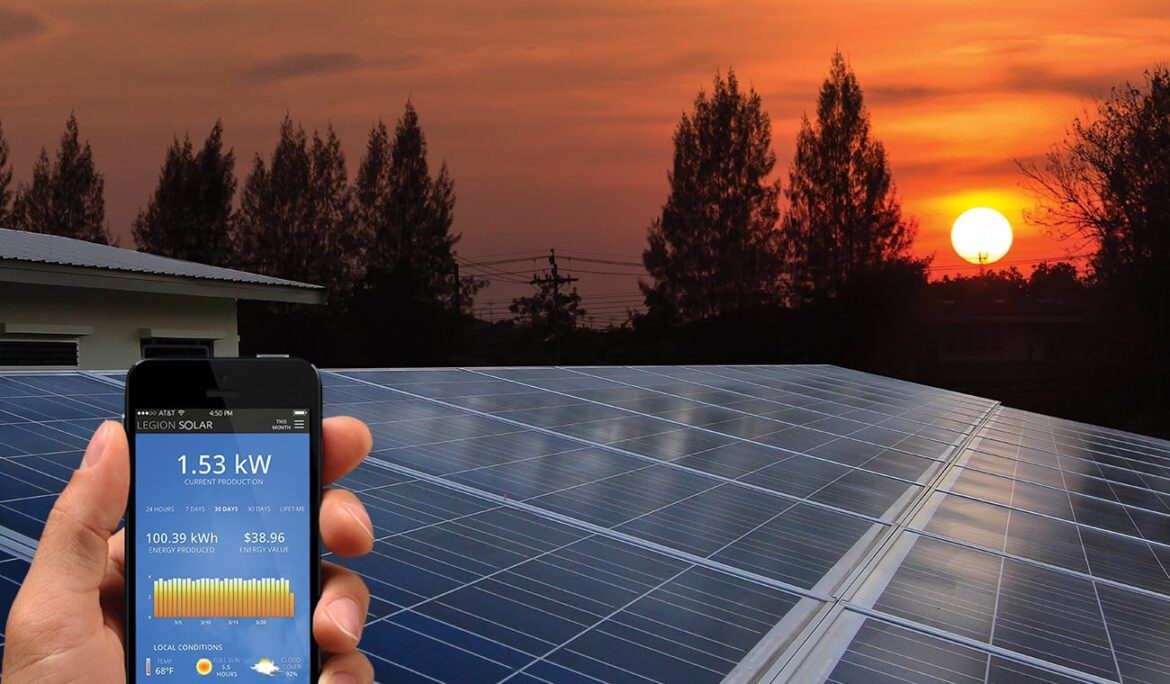
To maximize your solar panel lifespan as an environmentally conscious homeowner, you’ve made the investment in solar panels to reduce your carbon footprint and utility bills. To maximize your return on that investment, it’s important to properly maintain your solar panel system. By following a few easy
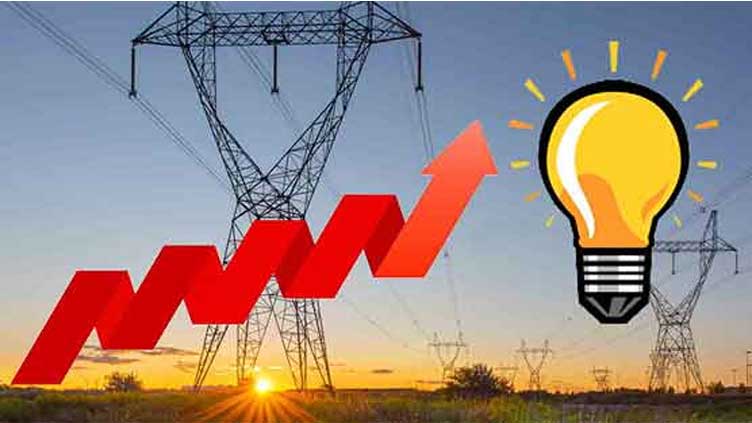
Electricity bills in Pakistan are an essential aspect of both household and business budgets. However, deciphering the intricacies of these charges, particularly the various taxes involved, can be a formidable task. As of 2023, we are committed to unraveling the complexities of the 9 taxes on electricity
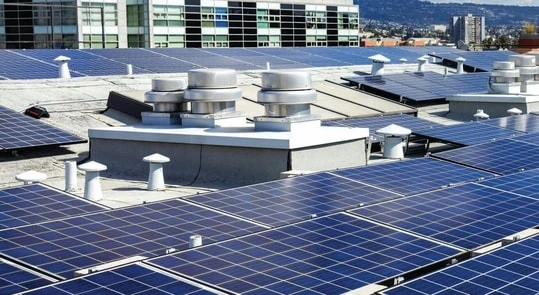
This article serves as a comprehensive guide to the rise of solar panels for commercial use, including the benefits, cost savings, and environmental impact. In recent years, there has been a growing trend towards renewable energy sources in commercial spaces. One of the most popular forms of
